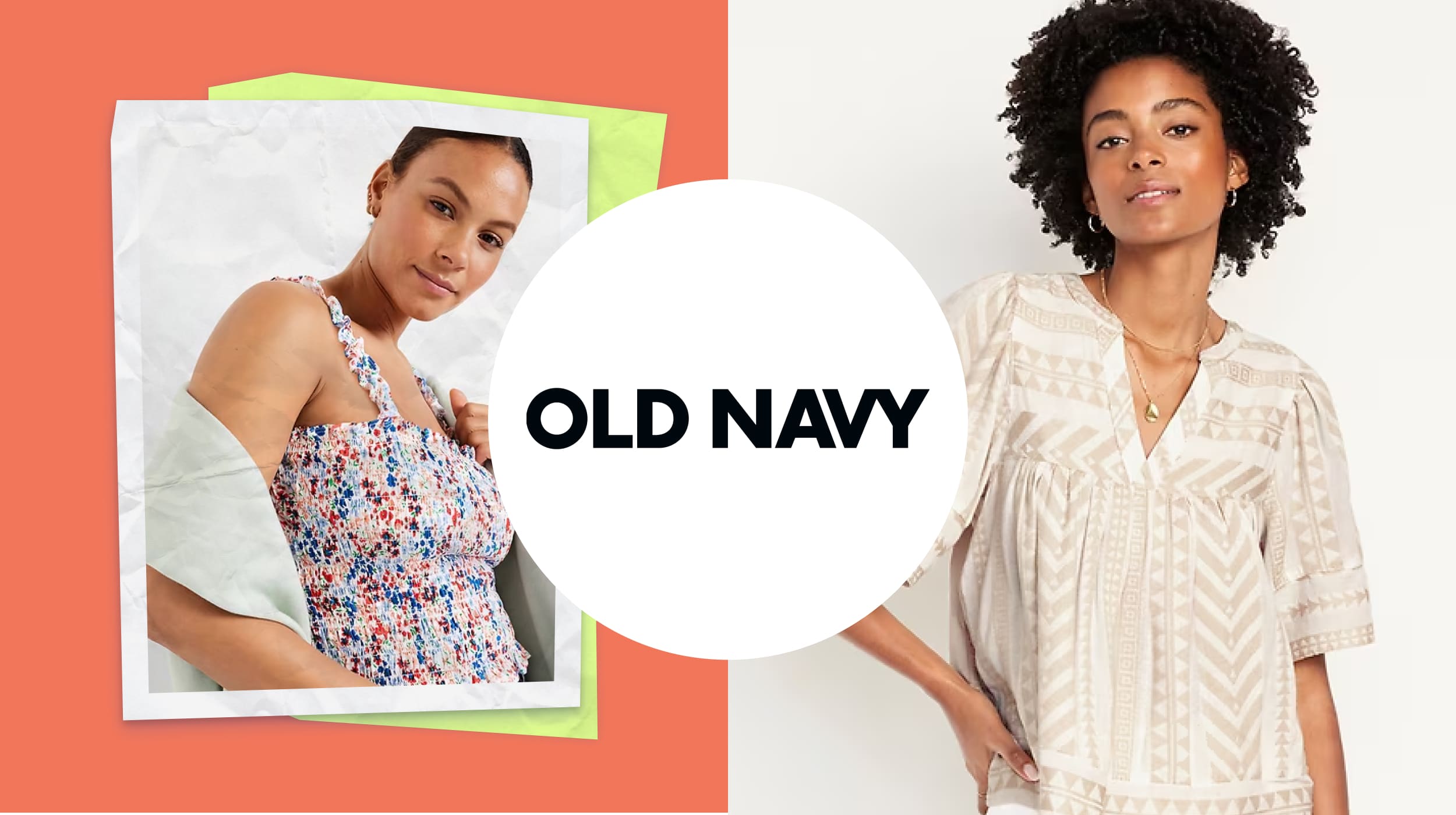Facebook is The Secret Moneymaker Creators May Be Overlooking

No question about it—the world of Creator marketing is all about making it big on that next hot platform. Which is why this pro tip may come as a surprise.
Facebook is an entirely overlooked affiliate marketing money-maker. Yes, we said it. The platform’s potential is totally untapped.
There are some savvy, successful Creators who are using Facebook as a super-tool for building affiliate income. However, no one’s really talking about it as an affiliate marketing goldmine, except us, because this is what we do.
Here at Collective Voice, we work with Creators all day, every day—and because of it, we know how to leverage Facebook to help grow your Creator Marketing business. We’re digging into how you can use Facebook to give your affiliate strategy the sneakiest boost ever.
What exactly makes Facebook a money-maker for creators?
According to Collective Voice’s Senior Director of Creator Partnerships, Tara Liggins, there’s a community aspect to Facebook that doesn’t really exist on other platforms. This community feel is fostered by “groups,” which Facebook describes as “a place to connect, learn and share with people who have similar interests. You can create or join a group for anything—stargazing, baking, parenting—with people across the globe or across the street.” Group pages are almost like message boards, where people are posting, commenting, and sharing content that’s related to whatever their group stands for.
For Creators looking to bring in more affiliate income, Facebook groups are a great way to get your content in front of an already-engaged audience. You can join an existing group that aligns with your brand, which can help you scale your content. And the best part about group posts? Facebook notifies its group members every time something new is posted, which means more eyeballs on your content. However, before you make your first group post, make sure to carefully review the group’s rules about affiliate linking. Facebook groups are extra cautious about spam, and admins or moderators may remove posts that don’t comply with their specific guidelines.
Alternatively, you can create your own group, and then build an audience that would be interested in—and likely to shop—what you’re posting about. When forming a group around a topic, that topic should strike a balance between specific and approachable—specific enough to attract a niche audience (which usually means higher intent), but approachable enough to not alienate people who could potentially be interested.
If you already have an established audience on other platforms, let them know about your group and encourage them to join. People can opt in to receive alerts, almost like a subscription. So when you share something, you know that you’re reaching an audience that’s already super engaged.
Once your group is up and running, focus on building your audience. Here are some best practices:
- Stick to the “80/20 rule:” This means that, of the content you post, about 80% should be fun and shareable, and the remaining 20% should promote whatever it is you’re trying to sell.
- Create contests: People love to win, win, win. So create promotional events that inspire excitement and quick action. Get creative with the eligibility requirements—maybe people have to tag three friends in order to enter your giveaway, or share a post. You can also team up with another influencer for a multi-brand prize. Launching a contest is a great way to extend your reach by way of others.
- Use hashtags: Oh yes—they’re still a total force when it comes to getting in front of more people, but be smart about them. If a hashtag is popular but not super relevant to your content, skip it.
The Facebook audience is ready to spend
Speaking of overlooked gold mines, let’s talk about the demographic of people age 40 and over, which makes up a large part of the Facebook user base.
Marketers tend to go after millennials and Gen Z—the thought being that if they “invest” in younger audiences, those audiences will be brand-loyal by the time they’re older and ready to spend more.
But “the reality is that the majority of disposable income exists in the 40-to-50+ demographic,” says Tara. “Baby Boomers, for example, have about 50% of the wealth in the country, yet they’re the demographic that’s marketed to the least. So if your content strategy is an affiliate sales strategy, I can’t think of a better place to be than Facebook. Because you’re tapping into an audience that has money and time to spend.”
Take it from other Collective Voice creators who are seeing success on Facebook
According to Tara, these are some of the approaches that work best on Facebook:
- Posting more frequently than on other platforms: “Facebook rewards loyalty because they want more content on their platform,” explains Tara. This means posting regularly, which will train your audience to not only expect, but look forward to the content you’re going to create. And if your posts include affiliate links, this added volume can translate directly to sales. “Some Creators are posting 10 to 20 times a day. By increasing the rate at which you post, you’re showing the algorithm that you’re serious about spending time on Facebook, and you’ll increase the likelihood that your posts will end up on target audience timelines,” says Tara.
- Trying all kinds of posts: Videos, link posts, images, text-only posts—Facebook supports a range of ways to share content and engage with your audience.
- Teaming up: “A lot of Creators have multiple contributors. If you form a Facebook group of your own, that can be a great way to allocate workload. You could have 10+ contributors sharing content, for example,” says Tara.
Now, it’s your turn. Here’s how to level up your affiliate game on Facebook
Ready to amplify your affiliate strategy on Facebook? Try Tara’s best tips:
- Be more general—and less niche: “Because the content output needs to be greater on Facebook, you can embrace things like lifestyle content.”
- Ask open-ended questions: “If you’re sharing sandals you love, ask the audience about the sandals they’re buying. Facebook’s algorithm rewards engagement, so if you get a conversation going, it can help boost your content.”
- Try different things, then optimize what performs best: “If you post a selfie and get 100 likes, but then post an image from a website and only get five likes, lean into the content that’s performing better. It’s about trying to understand what your community responds to as much as possible.”
- Spend time in other peoples’ communities: “And see what you can learn from them. Put together a community management plan. Don’t just post in other groups and leave. Follow up with comments and questions—and make sure there aren’t any typos.”
- Keep an eye on product quantity: “You’re responsible for the experience of your community. If you’re linking to items that are sold out, people will stop clicking on your links.” And when popular in-demand items are being restocked, announce it! “Build restock messaging into your strategy, and add it to your content calendar. A restock is always another opportunity to get in front of people.”




